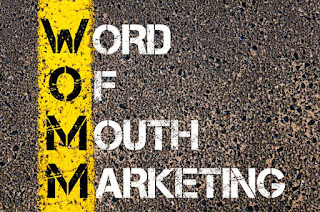Coca-Cola is a brand built on scenes of enjoying life together.
Coke has worked tirelessly to promote not only its product, but the message behind it: that sharing, or gathering family and friends together, brings happiness. "Enjoying a coke" is the message in every ad, every culture, and every medium Coke communicates through.
The company's 2014 "Share a Coke" campaign was one of its memorable marketing initiatives in history. That summer, Coca-Cola removed its iconic logo on 20-ounce bottles and replaced them with 250 of the country's most popular names. Consumers were encouraged to find bottles with names that held personal meaning and to share them with others or post photos online with the hashtag #ShareaCoke. Within the first year, more than 500,000 photos were posted. Consumers ordered over six million virtual Coke bottles, and Coca-Cola gained roughly 25 million Facebook followers.
A Distinctly Personal Experience
What did Coke tap into that prompted this momentous reaction?
In part, it was the desire for a personal experience. For teens and millennials, personalization is not just a fad, but a way of life. Today's consumers place a high value on self-expression, individual storytelling, and staying connected. Coke powerfully aligned playfulness, fun handheld products, and customization in a campaign for the ages.
In today's global economy, consumers are more aware of product options and of what other people are buying. Subsequently, they've become more demanding about the products they purchase. Deloitte Global found that 36 percent of consumers expressed interest in purchasing personalized products or services and one in five were willing to pay 20 percent more for these options. Customization gives companies an edge in cosmetics, clothing, food prep, and toys, to name a few.
Personalized offerings add costs to the manufacturer but frequently result in higher profits because of:
- A price premium associated with the benefits
- More loyal, satisfied customers
- Greater word of mouth because of the increased satisfaction and the "surprise factor" associated with an unexpected range of options
- Enhanced customer experience via creativity and individual expression
- Precise taste matching and less need to compromise
How About You?
Do your customers value experience and self-expression? How could you offer this more in your products or services?
It may be as simple as engraving someone's name in a glasses case or upgrading products with matching accessories. French cosmetics brand Guerlain started offering customizable lipsticks by allowing clients to choose their own combination of case and lipstick color. Customization allows brands to grow consumer engagement and solidify brand loyalty, which is especially powerful in younger markets.
Forbes offers several talking points for firms considering customization:
- What are the incremental costs associated with the customization options and how will they impact profitability?
- How many options are necessary and what's the incremental benefit as the number increases? What price premium will consumers be willing to pay?
- Which customization options will be the most incremental to maximize sales? A research tool called a TURF (Test of Unduplicated Reach & Frequency) Analysis can help you assess.
- What level of logistical, operational, and labor complexity will this involve? How often should customization options be updated?
Charlie Gu, CEO and co-founder of marketing agency Kollective Influence, says one budget-friendly customization strategy is the "module" approach. Instead of creating a product from scratch, businesses can offer several component options that can be mass-produced and easily assembled:
"Give customers choices, and then let them choose—customization within a framework," he advises. "It doesn't actually require any customization of the actual product. The consumers are essentially just picking their own color, but to them, it feels totally customized."





















